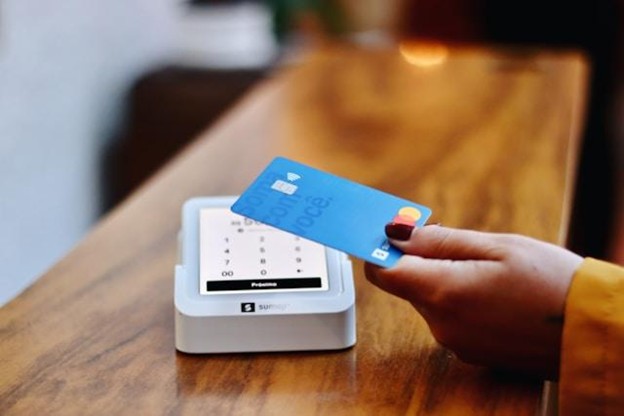Late Payments are the New U.S. Trend
When you’re financing your groceries, something is seriously wrong.
It’s not just a quirky headline anymore, it is the reality.
According to a new LendingTree survey, 25% of Americans using “buy now, pay later” (BNPL) loans are now using them for grocery bills. That’s up from just 14% a year ago.
Even worse? 41% have missed payments on these loans in the last year.
When people need installment loans for bread, milk, and eggs, the economy isn’t “resilient.” It’s strained to the breaking point.
From Handbags to Hamburger Helper
Once viewed as a trendy way to split up big purchases, like electronics or travel, BNPL is now being used for everyday essentials.
Matt Schulz, Lending Tree’s chief consumer finance analyst, summed it up perfectly:
“A lot of people are struggling and looking for ways to extend their budget.”
Persistent inflation, high interest rates, and new tariff concerns are squeezing wallets tighter than ever. As a result, cash-strapped shoppers are relying on BNPL to make it from paycheck to paycheck.
The rise of BNPL was supposed to be about flexibility, a clever way to split big-ticket purchases into smaller payments. Furniture. Electronics. Holiday shopping sprees.
Not bananas and laundry detergent.
Today, BNPL is less about upgrading your lifestyle and more about surviving.
The cheerful marketing around “budget-friendly payment options” can’t mask the deeper issue:
Wages aren’t keeping up with inflation, and essentials are increasingly unaffordable.
A “Non-Recession” Recession?
Economists love to dance around labels. “Is it a technical recession? Are we just in a slowdown?”
Here’s the real-world test:
If regular Americans can’t afford groceries without taking out loans, it doesn’t matter what the economists call it. It’s a recession for them.
Schulz cautiously said he expects things to “get worse” before they get better. Honestly? It’s already worse. And pretending otherwise helps no one.
The BNPL Debt Spiral is Real
Another worrying stat from the LendingTree report is that 60% of BNPL users have multiple loans at once and nearly 1 in 4 have three or more BNPL loans open simultaneously.
When your cart at DoorDash is financed like a car payment, yes, Klarna now lets you BNPL your cheeseburger, it is not about buying smarter.
It’s about debt stacking out of desperation.
BNPL might be marketed as “interest-free,” but late payments bring heavy fees. Add a few late payments across multiple loans, and suddenly, you’re drowning in a sea of penalty charges, all for trying to buy a sandwich or a bag of groceries.
This is a Systemic Red Flag
Sure, it’s easy to say, “people should be more careful” with BNPL. And yes, financial literacy matters.
But blaming individuals alone misses the larger picture. Persistent inflation has eroded purchasing power for years now. High interest rates make credit cards a dangerous fallback. Wage growth is slowing just as living costs spike again with tariffs looming.
The American Dream; work hard, earn enough, live comfortably, now comes with fine print.
It says: terms and conditions apply, subject to fluctuating food prices and installment loan approvals.
We Need to Wake Up
This LendingTree survey should be a national wake-up call. When Americans start financing groceries, it’s not “innovation.” It’s not “fintech disruption.”
It is a flashing warning light that the basic financial structure supporting millions of families is crumbling.
And unless policymakers, businesses, and frankly, all of us start treating it like the emergency it is, the cracks in demand Walmart and Delta are seeing today could become full-scale economic fractures tomorrow.



